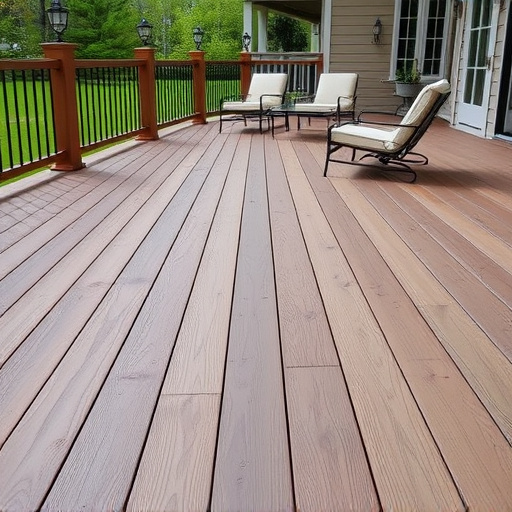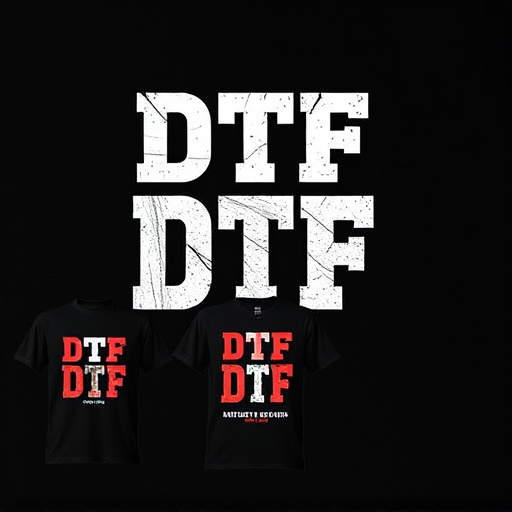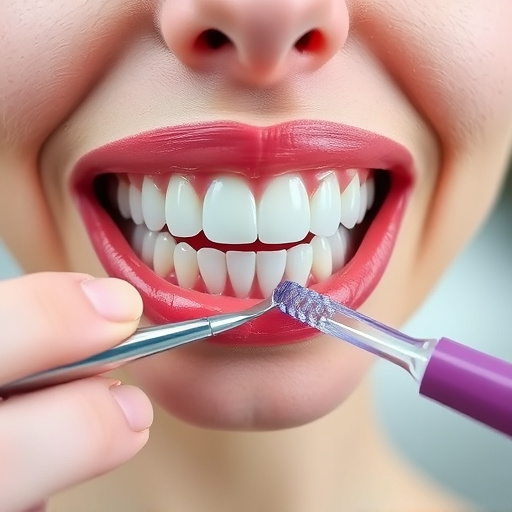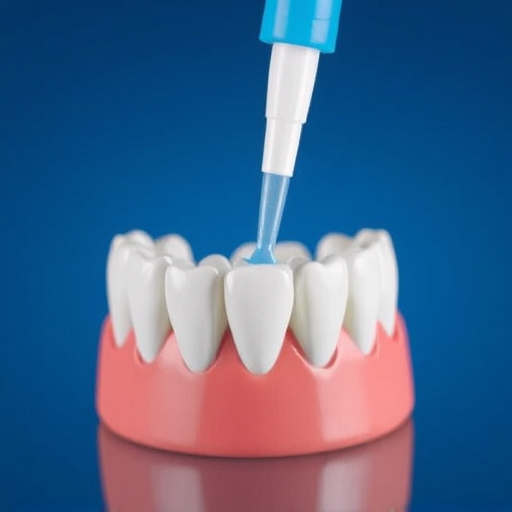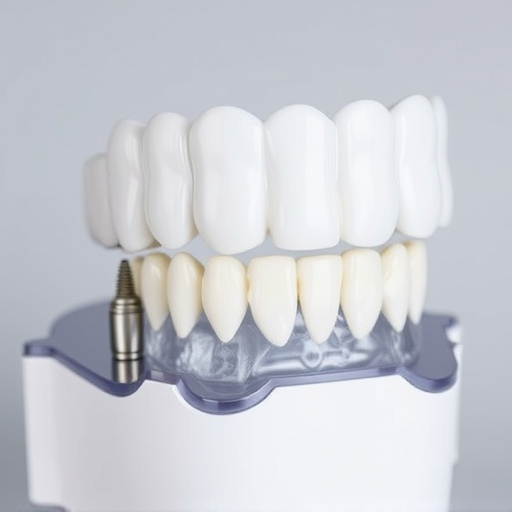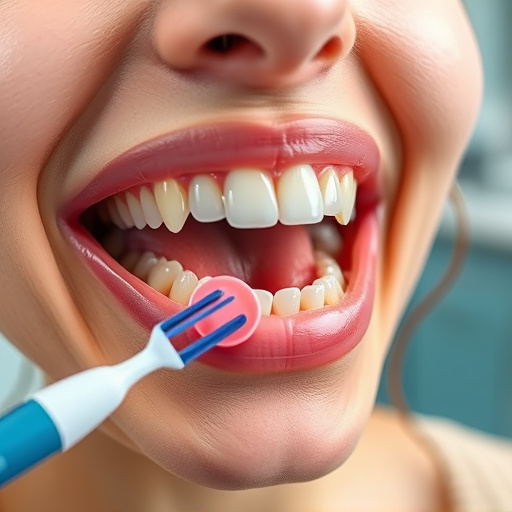Dental sealants for teeth are a non-invasive, preventive dentistry solution made from durable resin coatings that protect molars and premolars from cavities and other oral health issues. Ideal for children and teenagers to safeguard permanent teeth, they can also benefit adults at higher risk of tooth decay. The simple, one-visit application process involves cleaning, etching, and curing the sealant, significantly reducing decay risk over time. Regular check-ups and good oral hygiene ensure their longevity, contributing to healthier smiles.
Dental sealants for teeth are an often overlooked yet crucial component of oral hygiene. This article delves into the world of dental sealants, exploring their role as a protective shield against tooth decay. We’ll unravel how these invisible barriers work, highlighting their numerous benefits and providing insights into the implementation process. Learn why dental sealants are not just a temporary fix but a long-term strategy for maintaining a healthy smile.
- Understanding Dental Sealants: A Protective Shield for Teeth
- How Do Sealants Work and What Are Their Benefits?
- Implementing Sealants: The Process and Long-Term Care
Understanding Dental Sealants: A Protective Shield for Teeth
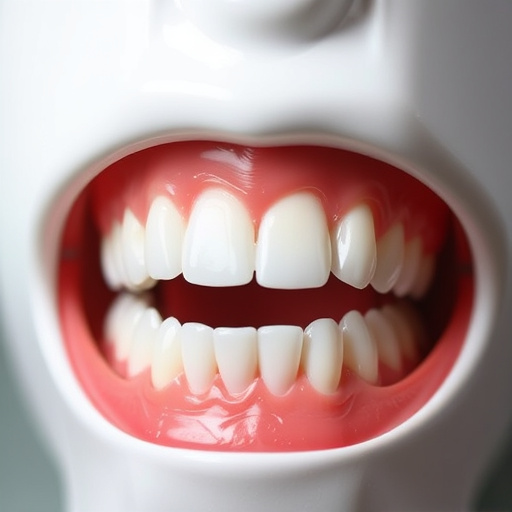
Dental sealants for teeth are a crucial component of preventive dentistry, offering a powerful protective shield against tooth decay and other oral health issues. These microscopic coatings, typically made from durable resins or acrylics, are applied to the chewing surfaces of back teeth (molars and premolars) where cavities tend to start. By sealing off these vulnerable areas, sealants create a barrier that prevents bacteria from penetrating and causing damage.
This simple yet effective procedure is especially beneficial for children and teenagers, as it can protect newly erupted permanent teeth from the acid attacks that lead to cavities. However, adults with increased risk of tooth decay or those looking to fortify their oral health can also benefit from dental sealants as part of a comprehensive family dentistry routine. Regular teeth cleaning should accompany sealant application to ensure optimal results and maintain overall oral hygiene.
How Do Sealants Work and What Are Their Benefits?
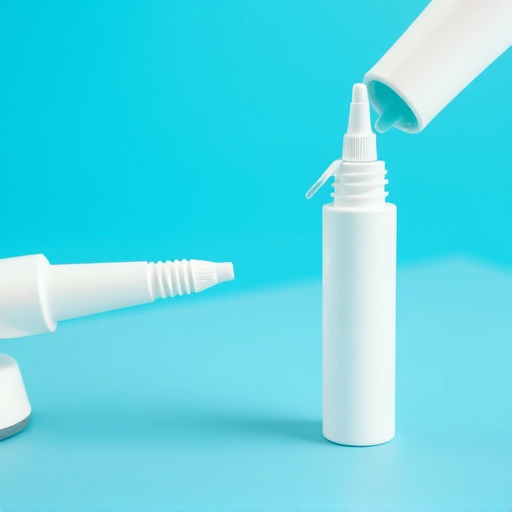
Dental sealants for teeth are protective coatings applied to the chewing surfaces of back teeth (molars and premolars) to prevent tooth decay. They act as a barrier, sealing out bacteria and food particles that cause cavities. The sealant is typically a clear or white material made from durable resin that bonds directly to the tooth enamel. Once applied, it hardens and forms a protective shield over vulnerable areas of the teeth where plaque buildup is common.
The benefits of dental sealants for teeth are numerous. They significantly reduce the risk of tooth decay and cavities, especially in children and teenagers who are more prone to dental issues. By sealing off these high-risk areas, they help maintain oral hygiene and prevent costly and painful dental procedures down the line. Moreover, unlike dental bonding, which involves a more extensive procedure with potential sensitivity, sealants are non-invasive, quick, and painless, making them an excellent option for preventive dentistry in both family dentistry and general dentistry practices.
Implementing Sealants: The Process and Long-Term Care
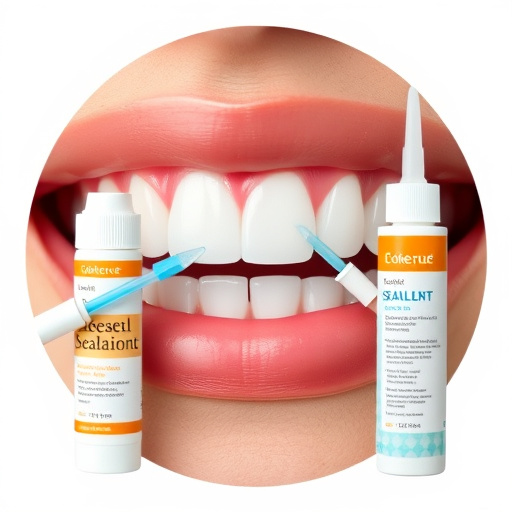
Implementing dental sealants for teeth involves a straightforward process that can be completed in just one visit to your dentist. Initially, the tooth surface is thoroughly cleaned and etched with a mild chemical solution to create microscopic irregularities, enhancing sealant adhesion. Afterwards, the sealant material, typically a durable resin, is applied and cured with a special light, forming a protective barrier over the tooth’s chewing surfaces. This proactive measure in preventive dentistry significantly reduces the risk of tooth decay, especially for children who are more susceptible to cavities.
Long-term care involves regular dental check-ups where the sealant’s integrity can be assessed. While dental sealants are highly effective, they may need to be reapplied over time as teeth grow or wear. In cases of damage or wearing, your dentist can easily repair or replace the sealants. Even with clear aligners or emergency dental care situations, maintaining good oral hygiene and regular dental visits ensure the longevity of dental sealants, contributing to a healthier smile for years to come.
Dental sealants for teeth are an invaluable tool in maintaining optimal oral hygiene, offering a protective barrier against decay and bacteria. By sealing the deep grooves and pits of molars and premolars, these sealants significantly reduce the risk of cavities and tooth infections. The simple yet effective process involves applying a thin coating that hardens, creating a durable shield for long-lasting protection. Regular check-ups and proper oral care ensure the sealant’s longevity, contributing to a healthier, happier smile.
